Scientists think they may have spied the universe’s “gravitational wave background” after more than a decade of searching.
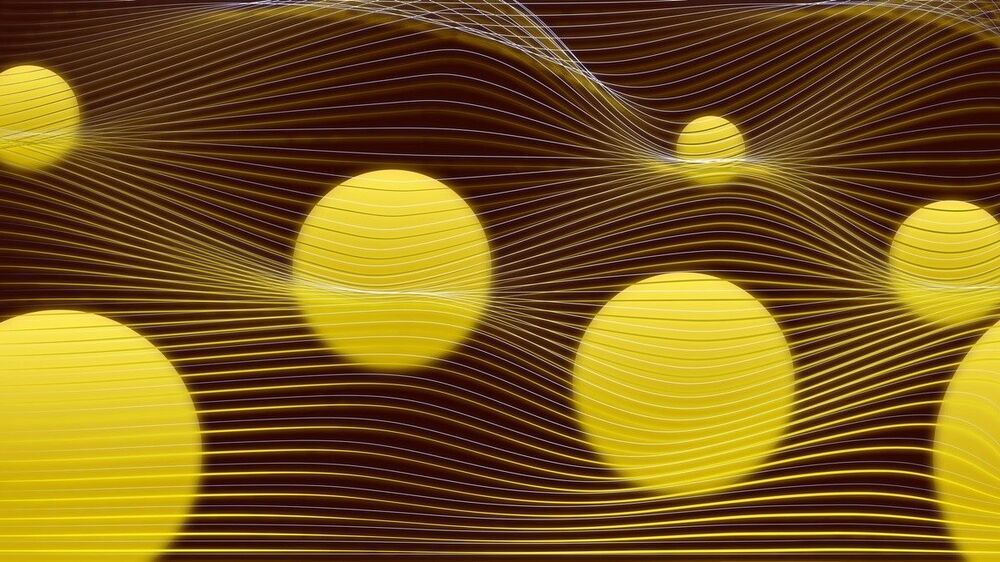



Circa 2018
“Vast, echoing and God-like.” That is how T.E. Lawrence, the British archaeologist and army officer who inspired the 1962 film “Lawrence of Arabia,” described Wadi Rum.
As you approach the wind-swept mountains that fiercely jut out of the burnt orange sand in Jordan’s largest desert, it’s easy to see what he meant. The landscape here is like something from another world.
So it’s perhaps no surprise that a hotel in Wadi Rum has just opened a dramatic Martian Experience in the heart of this wilderness, which lets visitors feel as though they have landed on the Red Planet.
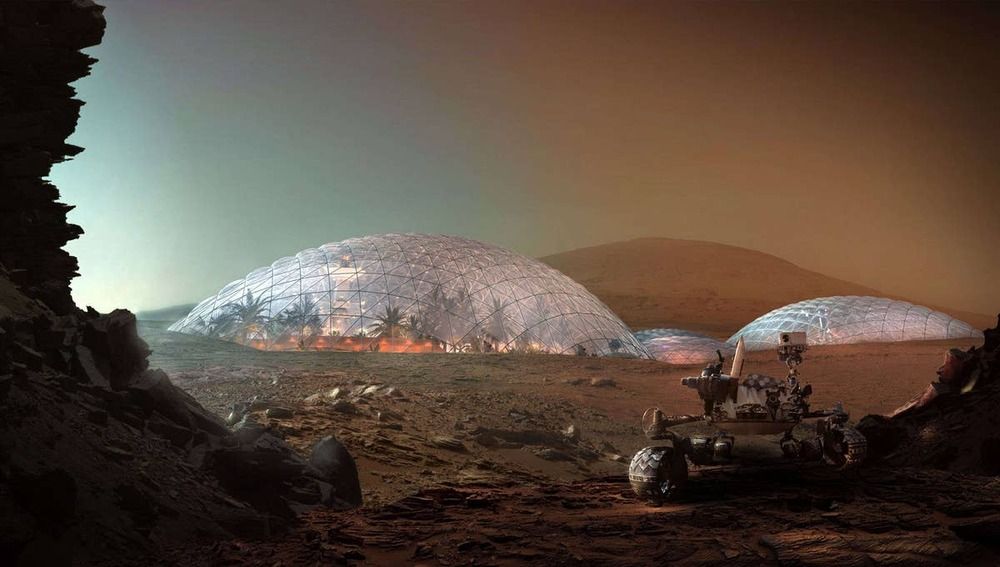
Circa 2020
Unreal and beyond most of our trippiest dreams, the city of Dubai is a living, breathing sci-fi movie—firefighters in jetpacks, anyone? Now try adding an entire Martian city concept to that.
The United Arab Emirates is on the same wavelength as Elon Musk when it comes to colonizing Mars. They want an entire human population on the Red Planet within the next century. Architects from Bjarke Ingels Group were asked to design Mars Science City, a prototype for what is going to turn into a hyper-futuristic lab for the Mohammed Bin Rashid Space Center (MBRSC), which will keep developing space tech that will allow humans to stay alive on a frozen planet almost 80 million miles (40 on a good day) from Earth.
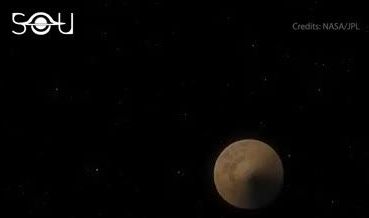
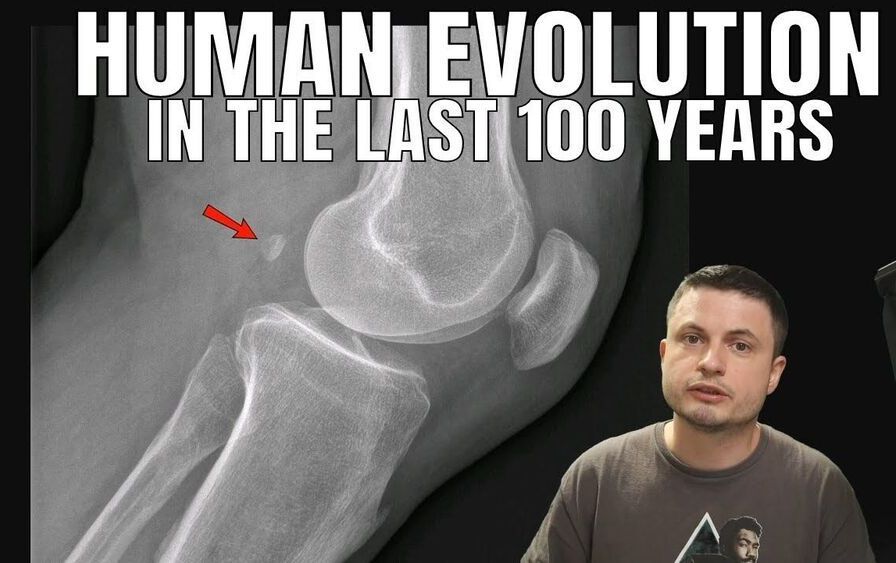
You can buy Universe Sandbox 2 here: http://amzn.to/2yJqwU6
Or get a shirt: https://teespring.com/stores/whatdamath.
Hello and welcome! My name is Anton and in this video, we will talk about some of the recent discoveries in regards to our own evolution in the last 250 years.
Paper: https://onlinelibrary.wiley.com/doi/10.1111/joa.
Support this channel on Patreon to help me make this a full time job:
https://www.patreon.com/whatdamath.
Space Engine is available for free here: http://spaceengine.org.
Enjoy and please subscribe.
Twitter: https://twitter.com/WhatDaMath.
Facebook: https://www.facebook.com/whatdamath.
Twitch: http://www.twitch.tv/whatdamath.
Bitcoins to spare? Donate them here to help this channel grow!
1GFiTKxWyEjAjZv4vsNtWTUmL53HgXBuvu.
Alternatively, PayPal donations can be sent here: https://www.paypal.com/cgi-bin/webscr?cmd=_s-xclick&hosted_button_id=DNKM9SDWU3B3Q&source=url.

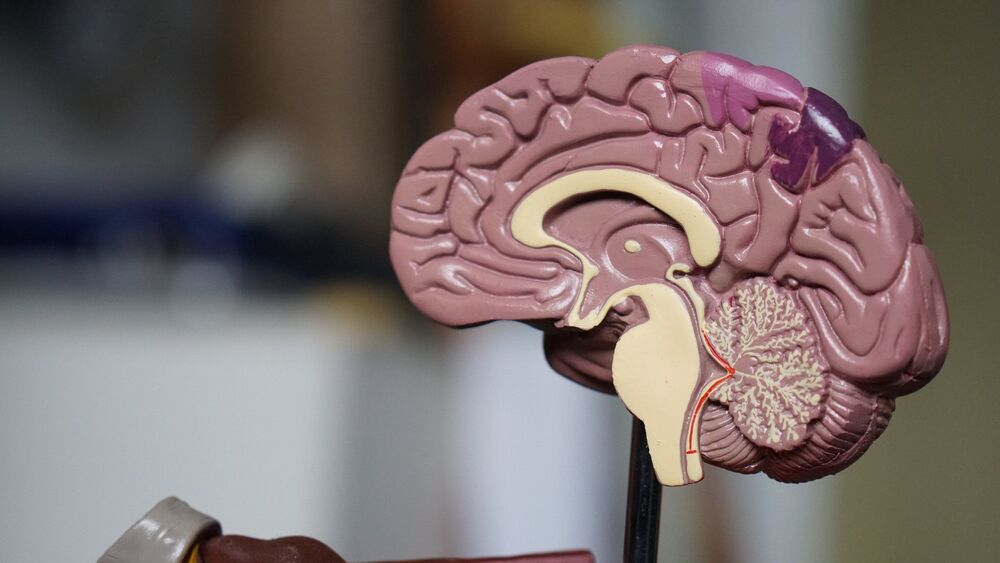
When we experience a new event, our brain records a memory of not only what happened, but also the context, including the time and location of the event. A new study from MIT neuroscientists sheds light on how the timing of a memory is encoded in the hippocampus, and suggests that time and space are encoded separately.
In a study of mice, the researchers identified a hippocampal circuit that the animals used to store information about the timing of when they should turn left or right in a maze. When this circuit was blocked, the mice were unable to remember which way they were supposed to turn next. However, disrupting the circuit did not appear to impair their memory of where they were in space.
The findings add to a growing body of evidence suggesting that when we form new memories, different populations of neurons in the brain encode time and place information, the researchers say.
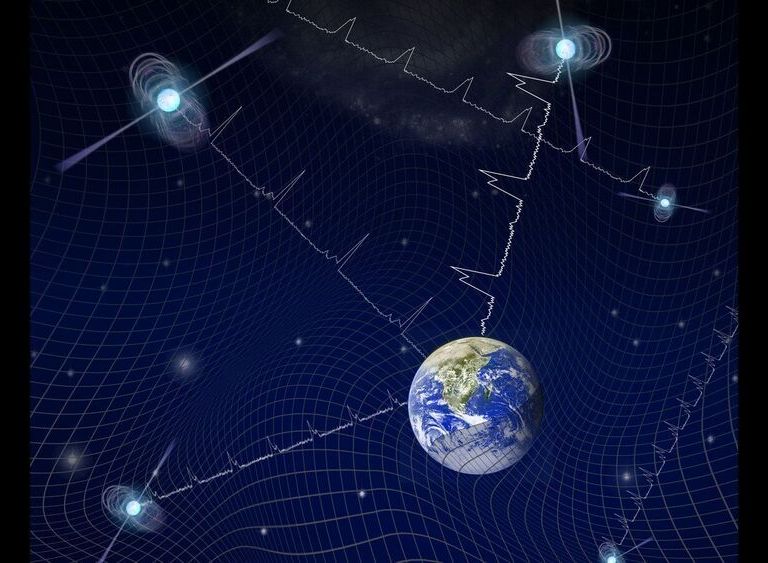
Scientists have used a “galaxy-sized” space observatory to find possible hints of a unique signal from gravitational waves, or the powerful ripples that course through the universe and warp the fabric of space and time itself.
The new findings, which appeared recently in The Astrophysical Journal Letters, hail from a U.S. and Canadian project called the North American Nanohertz Observatory for Gravitational Waves (NANOGrav).
For over 13 years, NANOGrav researchers have pored over the light streaming from dozens of pulsars spread throughout the Milky Way Galaxy to try to detect a “gravitational wave background.” That’s what scientists call the steady flux of gravitational radiation that, according to theory, washes over Earth on a constant basis. The team hasn’t yet pinpointed that target, but it’s getting closer than ever before, said Joseph Simon, an astrophysicist at the University of Colorado Boulder and lead author of the new paper.

“The human-made frequencies such as the one used for coded or long-distance messaging like contacting submarines deep underwater have been “leaking” into space. This leaked VLF has created a bubble-like barrier around Earth’s atmosphere which is reportedly protecting Earth from charged, radioactive particles. It is also said that the nuclear blast/ blasts have turned into belts of radioactivity around Earth which is now further away than it was in the 1960s.”
NASA has found a nuclear bubble surrounding Earth which is protecting it from Radiation. Know what is the VLF capable of and what is human-induced space weather.